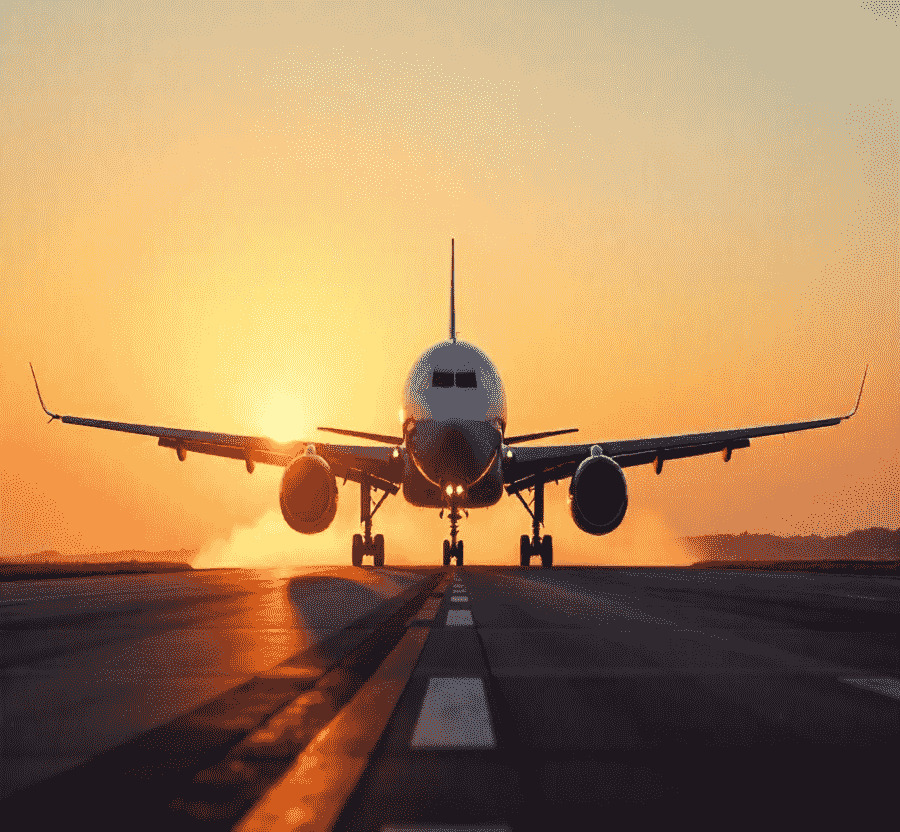Saturday, June 14, 2025
Following a devastating Air India Boeing 787 crash that claimed hundreds of lives, Japan has swiftly issued a comprehensive, industry-wide inspection directive for all Boeing 787 aircraft operated by Japanese airlines. The urgent order reflects growing safety concerns and Japan’s firm commitment to ensuring passenger safety, addressing potential risks across its aviation sector in response to the heartbreaking tragedy.
Japan has moved swiftly to ensure the safety of its aviation sector by ordering a comprehensive inspection of all Boeing 787 aircraft operated by Japanese carriers. The urgent action follows a devastating crash involving an Air India Boeing 787-8, which resulted in a significant loss of life and has raised global concerns about the safety of the aircraft model.
The Air India flight had departed from Ahmedabad, a major city in western India, and was heading to London. However, shortly after takeoff, the aircraft encountered severe difficulties. Within moments, it lost control and crashed into a densely populated residential area. The tragic incident claimed the lives of over two hundred and forty people, including passengers, crew members, and individuals on the ground.
In the aftermath of the accident, Japanese aviation authorities wasted no time in responding. Recognizing the potential implications for safety, Japan’s transport ministry issued a directive requiring all Japanese airlines that operate Boeing 787s to carry out immediate and thorough inspections. These inspections aim to identify any possible technical faults or maintenance issues that could compromise the safe operation of these wide-body aircraft.
Japan Airlines and All Nippon Airways (ANA), the two primary operators of Boeing 787s in Japan, began mobilizing their technical teams as soon as the order was issued. Both airlines maintain large fleets of Boeing 787 Dreamliners, which are widely used for both domestic and international routes. Their maintenance crews are now conducting detailed examinations of the aircraft’s critical systems, including engines, flight control mechanisms, and structural components.
The Boeing 787 Dreamliner, once hailed as a revolutionary step forward in commercial aviation due to its fuel efficiency and advanced technology, has faced several safety concerns since its introduction. Although previous incidents involving the model have not reached the scale of this latest tragedy, they have prompted aviation regulators worldwide to closely monitor the aircraft’s performance and maintenance standards.
Following the Air India crash, authorities around the world are paying renewed attention to the Boeing 787’s safety record. Aviation safety experts have emphasized the importance of proactive inspections and maintenance to prevent similar incidents in the future. Japan’s swift action reflects both the seriousness of the situation and its commitment to protecting the safety of its passengers and the integrity of its air transport system.
While investigators are still working to determine the precise cause of the Air India crash, early reports suggest that a combination of mechanical failure and possible human error may have contributed to the disaster. The investigation teams are analyzing data from the flight data recorder and cockpit voice recorder, which were recovered from the crash site. These devices are expected to provide critical information that will help experts reconstruct the final moments of the flight.
The crash site itself has presented significant challenges for emergency responders and investigators. The aircraft came down in a residential area, resulting in widespread destruction of homes and infrastructure. Recovery efforts have been hampered by the scale of the debris field and the need to carefully search for both victims and evidence. Despite these difficulties, teams have managed to recover key components of the aircraft, which are now being examined as part of the ongoing investigation.
In addition to ordering inspections, Japanese authorities have also increased their communication with Boeing, the U.S. Federal Aviation Administration (FAA), and other international regulatory bodies to exchange information and coordinate safety measures. This global cooperation underscores the interconnected nature of the aviation industry, where safety issues in one part of the world can have far-reaching implications elsewhere.
The Air India crash has also reignited broader discussions about the Boeing 787 program. Boeing, already under pressure from earlier safety controversies involving its 737 MAX model, now faces renewed scrutiny over the Dreamliner’s long-term reliability. Industry analysts are closely watching how the company responds to these latest developments and what additional steps it may take to reassure airlines and passengers alike.
Meanwhile, passengers scheduled to fly on Boeing 787s operated by Japanese airlines have expressed growing concern. Airlines have issued statements aimed at reassuring the public, emphasizing their commitment to safety and compliance with the transport ministry’s inspection order. Many passengers have chosen to continue with their travel plans, while others have opted to change flights or seek alternative transportation options.
As the investigation into the Air India crash continues, the aviation world remains on high alert. Japan’s rapid response highlights the critical importance of vigilance and swift action in maintaining air travel safety. By ordering immediate inspections, Japanese authorities have demonstrated their resolve to prevent any potential risk to their airlines’ passengers and to uphold the highest safety standards in the face of tragedy.
The findings from both the inspections in Japan and the investigation into the Air India accident will likely shape global aviation policies and aircraft maintenance protocols in the months ahead. Airlines, regulators, and manufacturers will all closely examine the conclusions drawn from these inquiries, seeking lessons that can enhance safety across the global aviation network.
In response to the tragic Air India Boeing 787 crash that killed hundreds, Japan has urgently ordered mandatory inspections across all its airlines operating Boeing 787s to ensure passenger safety and prevent similar disasters.
For now, the world watches and waits as the investigation unfolds, hoping for answers that can prevent such a disaster from ever occurring again.
